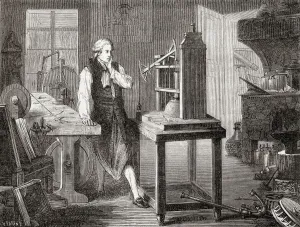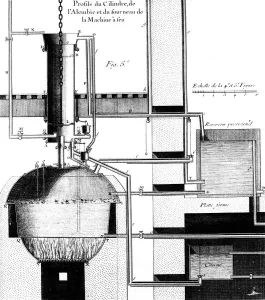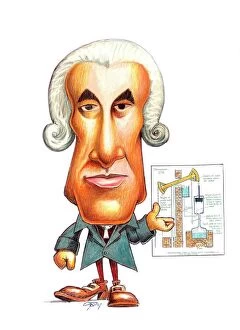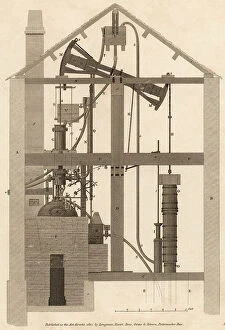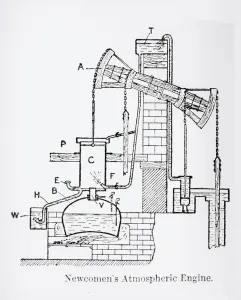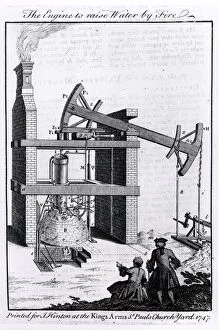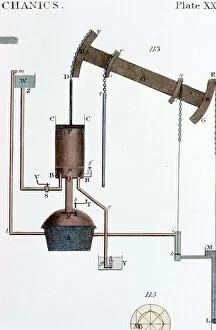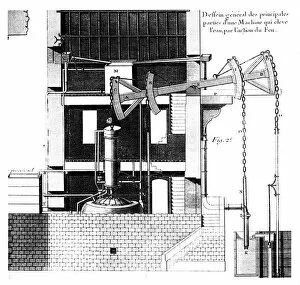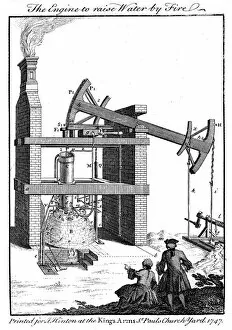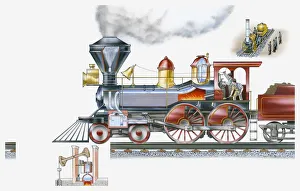Thomas Newcomen Collection
Thomas Newcomen, an English engineer born in 1664, played a pivotal role in the development of steam engines
All Professionally Made to Order for Quick Shipping
Thomas Newcomen, an English engineer born in 1664, played a pivotal role in the development of steam engines. His invention, known as the atmospheric steam engine, revolutionized industries and paved the way for future advancements. In 1712, Newcomen's groundbreaking creation caught the attention of James Watt, who would later improve upon it in his Glasgow workshop. A sectional view of Newcomen's steam engine from 1737 reveals its intricate design and mechanics. This remarkable contraption harnessed the power of steam to drive machinery and pump water out of mines. The image showcases Newcomen's ingenuity and engineering prowess. The story of steam unfolds through vibrant color lithographs depicting Thomas Newcomen's atmospheric steam engine from 1712. These chromolithos capture the essence of this groundbreaking invention that propelled industrial progress forward. An engraving showcases "The Engine to Raise Water by Fire, " illustrating how Newcomen's ingenious device operated. This diagram provides a glimpse into the inner workings of his revolutionary machine that utilized fire and water to generate immense power. James Watt, another prominent figure in engineering history, is depicted diligently working on improving Thomas Newcomen's original design in an intriguing black-and-white photograph from around 1830. Watt built upon Newcomen's foundation to create even more efficient and powerful steam engines. Jean-Rodolphe Perronet is attributed with creating a cross-sectioned model based on Newcomen-type engines from 1767. This detailed illustration highlights Perronet's skillful craftsmanship while paying homage to Thomas Newcomen’s pioneering work. As we delve deeper into history with schematic views dating back to early nineteenth century, we witness how these machines evolved over time thanks to visionaries like Thomas Newcomen. His contributions laid down a solid foundation for future generations to build upon and continue pushing boundaries within engineering marvels such as steam engines.

